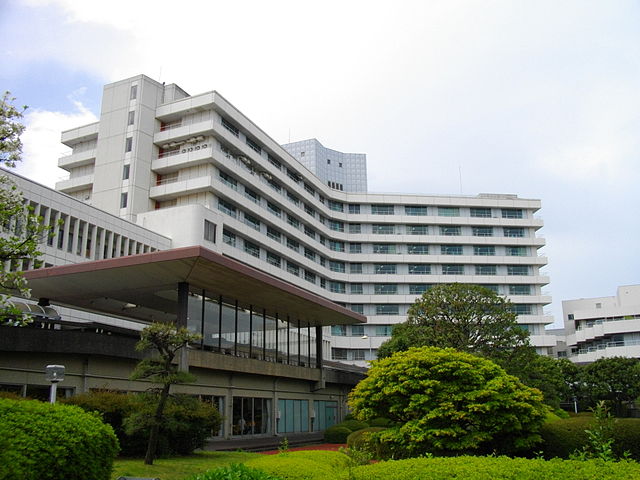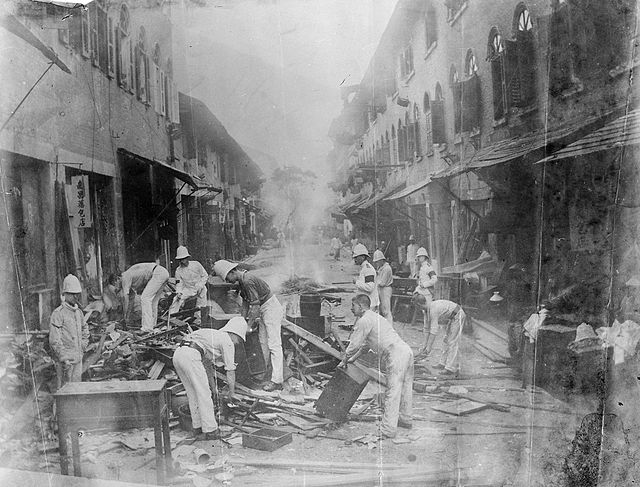Kitasato Shibasaburō
Videos
Page
Baron Kitasato Shibasaburō was a Japanese physician and bacteriologist. He is remembered as the co-discoverer of the infectious agent of bubonic plague in Hong Kong during an outbreak in 1894, almost simultaneously with Alexandre Yersin.

Kitasato Shibasaburō

Kitasato University Hospital
1894 Hong Kong plague
Videos
Page
The 1894 Hong Kong plague, part of the third plague pandemic, was a major outbreak of the bubonic plague in Hong Kong. While the plague was harshest in 1894, it returned annually between 1895 and 1929, and killed over 20,000 in total, with a fatality rate of more than 93%. The plague was a major turning point in the history of colonial Hong Kong, as it forced the colonial government to reexamine its policy towards the Chinese community, and invest in the wellbeing of the Chinese.

Soldiers cleaning out plague houses

Soldiers cleaning plague houses posing with a coffin

Soldiers burning household items

A plaque in Blake Garden commemorating the pandemic